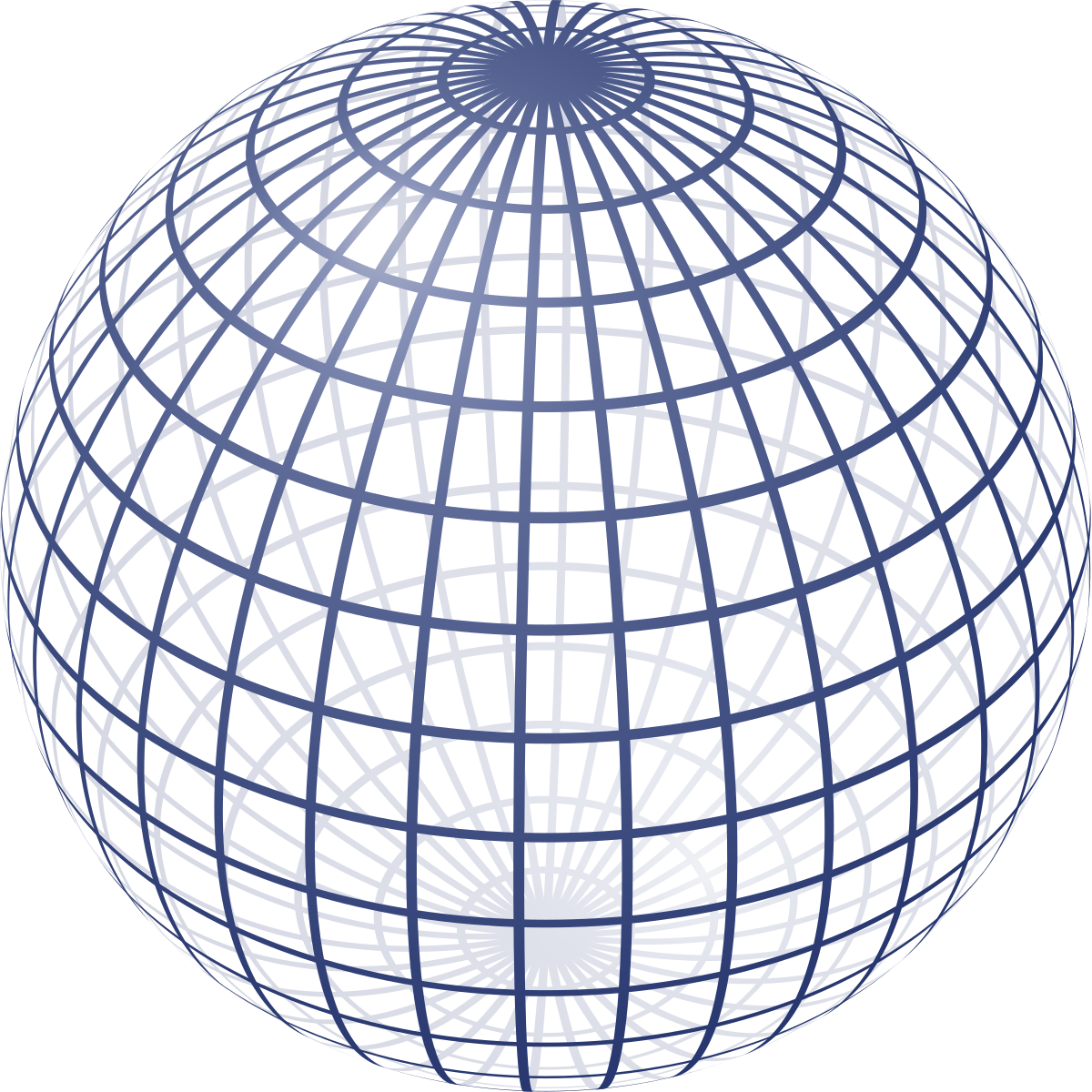Schrödinger equation is
\[i \hbar \frac{\partial \psi (x,t)}{\partial t} = -\frac{\hbar^2}{2m} \nabla^2 \psi (x,t) + V\psi (x,t)\]This equation is first order in time derivatives and secod order in space derivatives linking the evolution of paticles quantum state to its energy and momentum
We should define the general potential energy of the system and solve for the wavefunction, $\psi(x,t)$ and wavefunction contains all the information about the system but the problem is it's not directly measurable and by calculating $|\psi(x,t)|^2$ we have the probability density that tells us where we are most likely to find the particle
start with the non-relativistic energy momentum relation:
\[E = \frac{p^2}{2m}+V\]p is the momentum vector of the particle
m is the mass
V is the potential energy
In quantum mechanics we promote the energy and momentum to operators that act on the wavefunction so we have:
\[E \longrightarrow i\hbar \frac{\partial}{\partial t}\] \[p \longrightarrow -i\hbar \nabla\]and then we have time dependent Schrödinger equation
\[\underbrace{ i\hbar \frac{\partial \psi}{\partial t}}_{\textcolor{blue}{\text{First order in time derivatives}}} = \Big(-\frac{\hbar^2}{2m}\nabla^2+V\Big)\psi\]The evolution of the wavefunction is fully determined by its value at a single instant e.g. $t=0$
Once you specified the wave function at one moment the Schrödinger equation predicts everythings that happens later without needing any additional information such as the initial time derivative.
We can see this even more clearly by viewing the Schrödinger equation as a first order ordinary differential equation in time. If we define the operator inside the brackets as the Hamiltonian operator and rearrange slightly, we find the following expression.
\[i\hbar \frac{\partial \psi}{\partial t} = \underbrace{\Big(-\frac{\hbar^2}{2m}\nabla^2+V\Big)}_{H = \textcolor{green}{\text{Hamiltonian}}}\psi\]So we have
\[\frac{\partial\psi}{\partial t} = -\frac{i}{\hbar}H\psi\]And this is analogous in form to the equation:
\[\frac{d}{dt}y(t) = Ay(t)\]The general solution to such an equation is:
\[y(t) = e^{At}y(0)\]And this shows explicitly that knowing $\;y(n)\;$ the value of the function at $\;t=0\;$ completely determines its future evolution. By direct analogy if the Hamiltonian is timeindependent then the solution to the Schrödinger equation can be written in the following form:
\[\psi(x,t) = e^{-\frac{iHt}{\hbar}}\psi(x,0)\]Here the operator exponential depends only on the Hamiltonian and the time. there's no additional hidden integration constant that would require knowledge of the derivative of the wave function at $\;t=0$.
Once you specify the initial wave function $\psi(x,0)$ and normalize it $\int_{\text{space}} |\psi|^2 dV = 1$, then the Schrödinger equation tells you everything about how the quantum state will evolve.
\[i\hbar \frac{\partial \psi}{\partial t} = \Big(-\frac{\hbar^2}{2m}\nabla^2+V\Big)\psi\]Now because the wave function $\psi(x,t)$ contains the complete description of the system, it's natural to ask what physical meaning can we extract from it. We know that:
\[|\psi(x,t)|^2 = \rho(x,t) = \psi^\ast(x,t)\psi(x,t) \geq 0 \;\;\text{for all} \;\;x \;\;\text{and}\;\; t\]However, probability isn't just about where the particle is likely to be... It also has to be conserved. It can't just vanish or pop into existence out of nowhere. You can think of the probability density as describing how dense the cloud of probability is at each point in space. And if the cloud gets thinner or thicker in one place, it must be because probability is flowing in or out of that region. To capture that idea more precisely, we have something called the probability current: $\;J(x,t)$
The probability current is a vector quantity that tells us how the probability moves around space. Now imagine choosing a fixed region of space like a sphere. The total probability of finding the particle somewhere inside the sphere is:

Any change in $\;P_V(t)\;$ must be due to probability flowing across the boundary surface $\;S\;$of $V$. At each point on the surface $S$ the $j\cdot dS$ tells us how much probability crosses a tiny patch $dS $ per second and in which direction. So we can write
\[\frac{d}{dt}\int_V \rho(x,t)d^3x = - \int_S J(x,t)\cdot dS\]Where the left hand side represents how the total probability inside $V$ changes over time while the right hand side represents the net outward flow of probability across the surface $S$. The minus sign simply reflects the fact that if probability flows outward across the boundary, then the total probability inside $V$ decreases. Here we use divergence theorem:
\[\int_S j(x,t)\cdot dS = \int_V \nabla\cdot j(x,t) d^3x\]By using this relation in conservation equation:
\[\frac{d}{dt}\int_V \rho(x,t)d^3x = -\int_V \nabla\cdot j(x,t) d^3x\]Now because the region $V$ is fixed, its shape and location don't change with time. We can move the time derivative inside the integral in which case we find the following expression:
\[\int_V \frac{\partial\rho}{\partial t}d^3x = -\int_V \nabla\cdot j d^3x\]Now if an integral of one function equals the integral of another over every possible region V, then those two functions must be equal at each point. So we have
\[\boxed{\frac{\partial\rho}{\partial t}+ \nabla\cdot j = 0}\]This equation is known as the $\textcolor{purple}{\text{continuity equation}}$.
Now we derive an expression for the probability density and current by using the free particle time dependent schrödinger equation with the potential energy set to zero which takes the following form:
\[i\hbar\frac{\partial\psi}{\partial t} = -\frac{\hbar^2}{2m}\nabla^2\psi\]Also the complex conjugate of this equation is:
\[-i\hbar\frac{\partial\psi^\ast}{\partial t} = -\frac{\hbar^2}{2m}\nabla^2\psi^\ast\]Now we can write:
\[\psi^\ast\left\{i\hbar\frac{\partial\psi}{\partial t} = -\frac{\hbar^2}{2m}\nabla^2\psi\right\} - \psi \left\{-i\hbar\frac{\partial\psi^\ast}{\partial t} = -\frac{\hbar^2}{2m}\nabla^2\psi^\ast\right\}\]And rearrange:
\[\underbrace{i\hbar \Big(\psi^\ast\frac{\partial\psi}{\partial t}+\psi\frac{\partial\psi^\ast}{\partial t}\Big)}_{\textcolor{green}{i\hbar\frac{\partial}{\partial t}(\psi^\ast\psi)}}=\underbrace{-\frac{\hbar^2}{2m}\Big(\psi^\ast\nabla^2\psi-\psi\nabla^2\psi^\ast\Big)}_{\textcolor{blue}{-\frac{\hbar^2}{2m}\nabla\cdot(\psi^\ast\nabla\psi-\psi\nabla\psi^\ast)}}\]Now we have:
\[-\frac{i\hbar}{2m}\nabla\cdot(\psi^\ast\nabla\psi-\psi\nabla\psi^\ast)+\frac{\partial}{\partial t}(\psi^\ast\psi) = 0\]Comparing this with continuity equation
Probability current:
\[j = -\frac{i\hbar}{2m}(\psi^\ast\nabla\psi-\psi\nabla\psi^\ast)\]Probability density:
\[\rho = \psi^\ast\psi = |\psi|^2\]